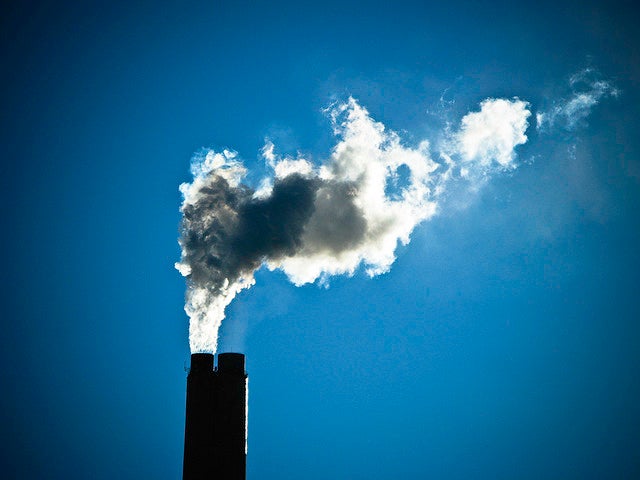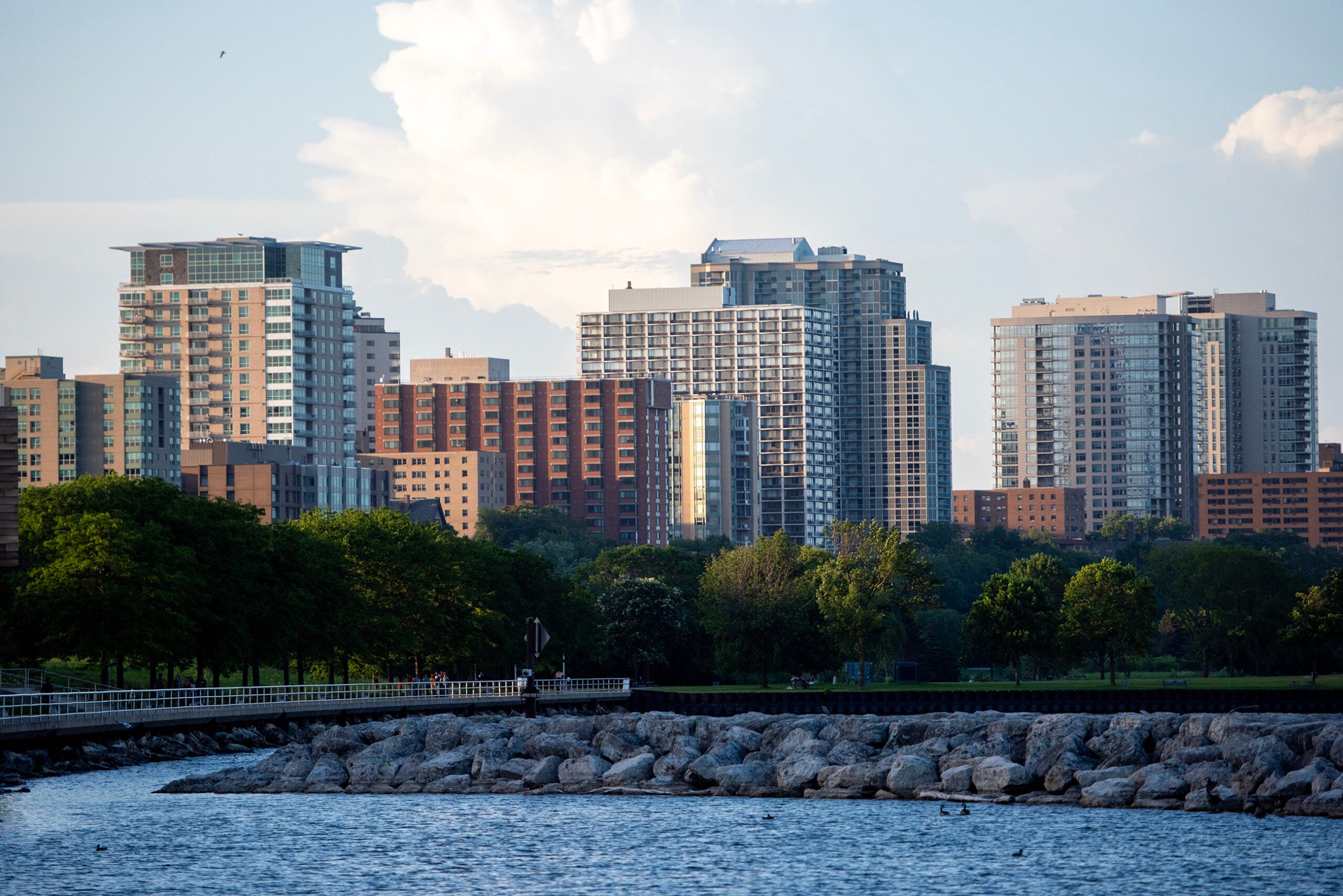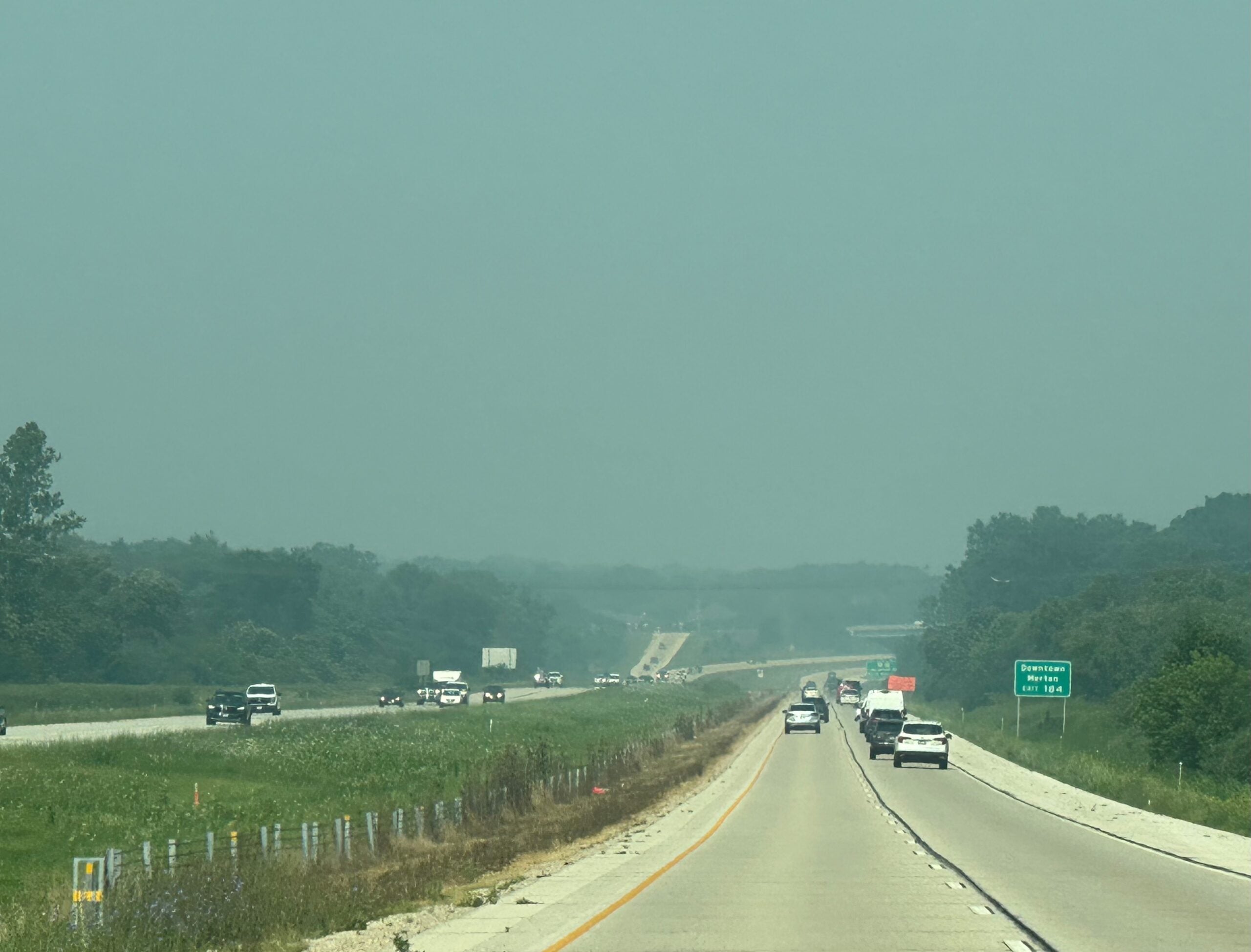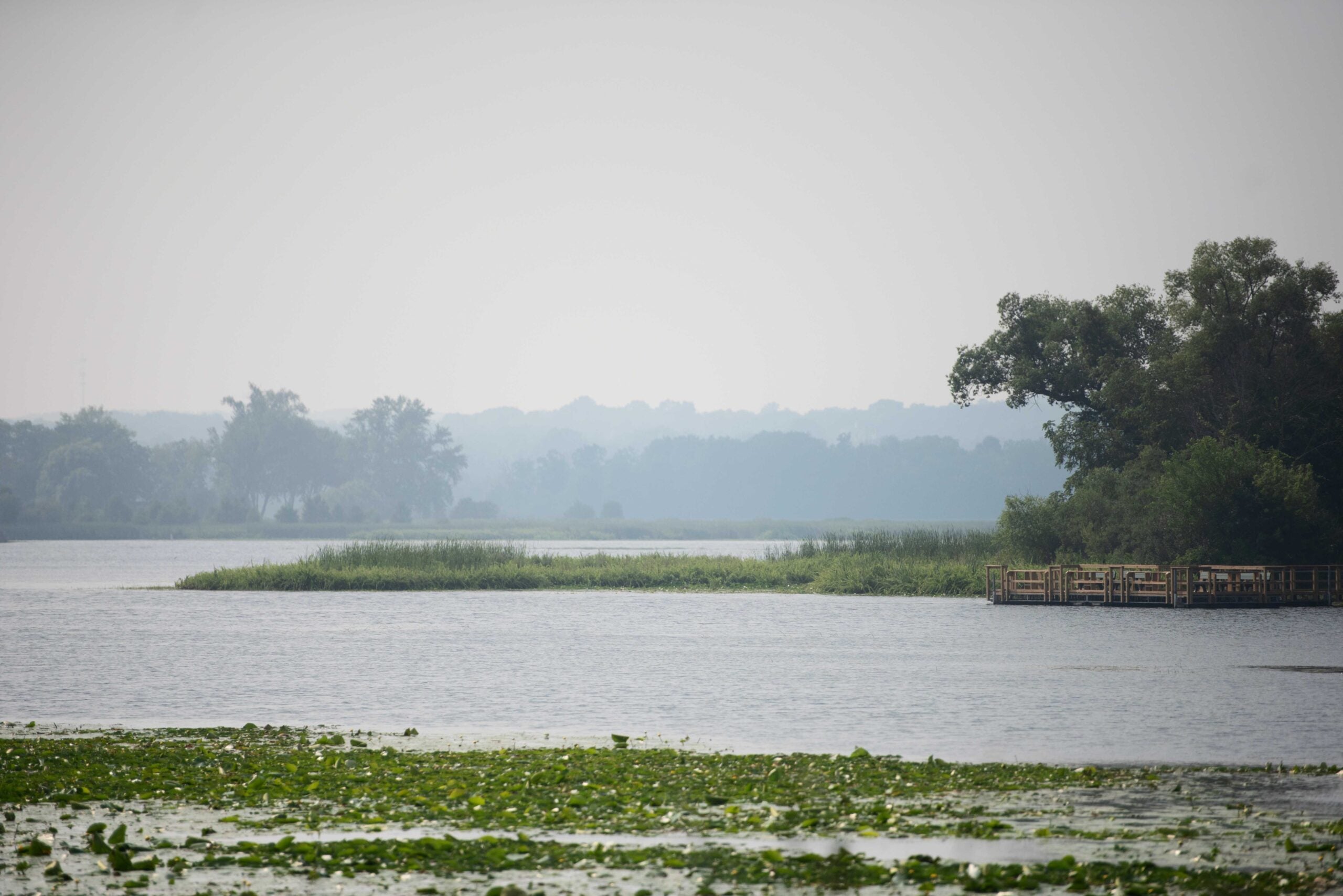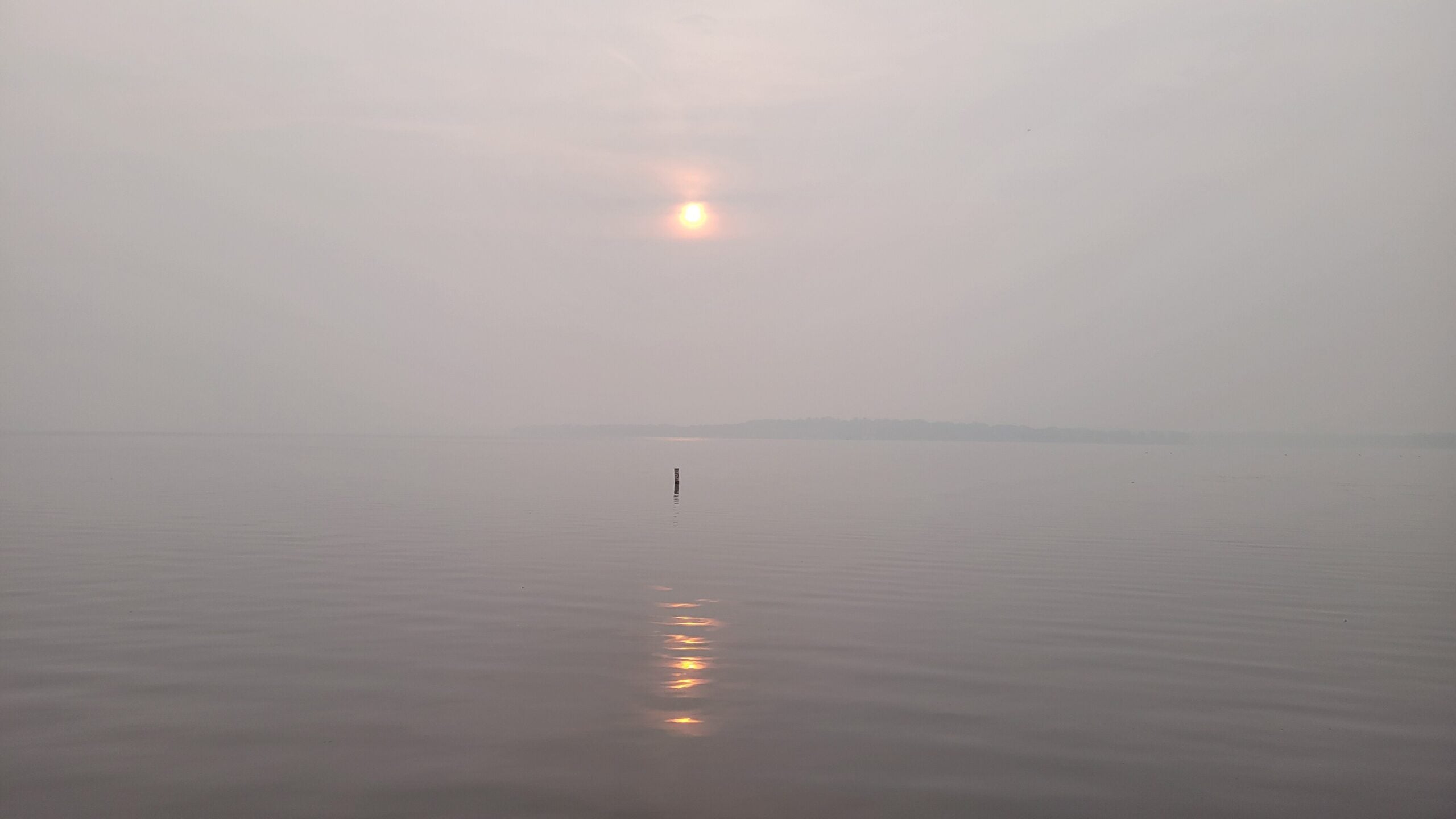Most of Wisconsin has breathed cleaner air over the last several years, according to the American Lung Association. But, the group gave failing grades to six counties along Lake Michigan over smog pollution as part of its annual national report card on the state of air quality.
Overall, Wisconsin is seeing fewer days with high ozone levels. But, the report gave a failing grade to Kenosha, Manitowoc, Milwaukee, Ozaukee, Racine and Sheboygan counties for the highest number of days with poor air quality due to smog. That’s down from eight counties in the group’s 2018 air quality report. The areas that aren’t experiencing any high ozone pollution include Ashland, Forest, La Crosse, Marathon, Taylor and Vilas counties.
Smog, or ozone pollution, typically occurs when air pollutants like nitrogen oxides and volatile organic compounds interact with heat and sunlight during the summer. Those pollutants generally stem from industry, power plant and vehicle emissions.
News with a little more humanity
WPR’s “Wisconsin Today” newsletter keeps you connected to the state you love without feeling overwhelmed. No paywall. No agenda. No corporate filter.
The scores are based on a rolling average of the number of days when ozone levels exceeded certain targets from 2017 to 2019. It did not include air quality readings during the pandemic.
“The number of days have gone down, but there’s still a lot of people that are affected by ozone, especially the elderly, the young,” said Angela Tin, national senior director of the American Lung Association. “And, also now because of the pandemic, we need some healthy lungs to fight against the air pollution, and we need healthy lungs to fight against the pandemic.”
Ozone pollution can create short-term and long-term respiratory problems. Tin said the pollution can worsen asthma and increase the risk of chronic health issues like emphysema, chronic obstructive pulmonary disease and lung cancer.
The report found cities like Sheboygan and Milwaukee were among the top 25 most polluted cities for smog nationwide, although they experienced nine and 13.7 fewer days, respectively, with high ozone levels since 1996. The cleanest cities in Wisconsin for ozone pollution were Wausau, Stevens Point and Wisconsin Rapids.
The number of bad air days dropped in the nation’s 25 most ozone-polluted cities, noting the years represented were somewhat cooler than those covered in its last report. But, it highlighted that 2017, 2018 and 2019 were still among the six hottest years on record across the globe. As climate change drives temperatures higher, warmer weather makes it more likely for ozone pollution to form.
The counties with the greatest number of days on average that had high ozone concentrations included Kenosha County at 9.2 days, Sheboygan County at nine days and Racine County at eight days.
Southeastern Wisconsin has struggled over time to meet standards for ground-level ozone pollution. In 2015, the Obama administration created a stricter standard for ozone pollution at 70 parts per billion — a slight decrease from an earlier standard of 75 parts per billion that was implemented following a review launched in 2008.
The Wisconsin Department of Natural Resources said the grades given by the American Lung Association are not based on compliance with those federal National Ambient Air Quality Standards, according to public information specialist Craig Czarnecki. While the report uses official monitoring data, the group’s methodology differs from what the U.S. Environmental Protection Agency measures to determine whether health objectives are being met. The EPA considers the impact of exposure and other factors in determining whether those areas meet federal standards.
Czarnecki said high concentrations can occur for short periods of time, but they’re typically not harmful to human health.
“Some Wisconsin counties that are in attainment of the (National Ambient Air Quality Standards) — and thereby meeting all federal air quality standards — are consistently given low or failing grades,” Czarnecki said in an email.
Milwaukee County, for example, received a failing grade, but Czarnecki said the county is currently meeting the 2015 standard for ozone. As for the five other counties that received a failing grade, he said only parts of those counties are not meeting the federal standard.
“It’s actually really only a very small, few miles of a band along those lakeshores that are seeing those higher ozone concentrations,” said Czarnecki. “That wouldn’t be those entire counties.”
A DNR report released last fall found the state’s air quality improved along the Lake Michigan shoreline with ozone pollution dropping 25 percent on average since 2001. The report also found 95 percent of Wisconsinites live in an area that meets federal air standards.
In 2018, the EPA narrowed a list of areas that need to reduce smog levels under the standard, which included lakeshore areas of Kenosha, Door, Manitowoc, Sheboygan, northern Milwaukee and Ozaukee counties. The decision excluded Waukesha, Washington and Racine counties, which had originally been included as part of areas that weren’t meeting the tougher standards.
Business groups and the DNR have argued that the region is being affected by smog that’s coming from Illinois and Indiana. Clean Wisconsin filed a lawsuit against the EPA in 2018, saying the pared down list failed to protect people from high ozone levels.
“As long as Wisconsin sources are contributing to emissions that are making people sick, those sources should be responsible for reducing air pollution, too,” said Katie Nekola, general counsel for Clean Wisconsin.
Last July, a federal appeals court ruled the EPA must provide further explanation and review for its designations. Nekola said she’s confident that President Joe Biden’s administration will “do what’s necessary to protect people’s health.”
Tin, with the American Lung Association, hopes people use public transport, work from home or purchase electric vehicles to cut back the amount of ozone pollution.
The association also measured particle pollution, commonly referred to as soot. Milwaukee, Kenosha and Ozaukee counties all earned an “A” for lower levels of that pollutant. Tin said particulate matter raises concerns because it can become embedded in the lungs and absorbed into the bloodstream.
Since the early 2000s, fine particulate matter concentrations have decreased more than 35 percent statewide, according to the DNR.
Wisconsin Public Radio, © Copyright 2025, Board of Regents of the University of Wisconsin System and Wisconsin Educational Communications Board.

